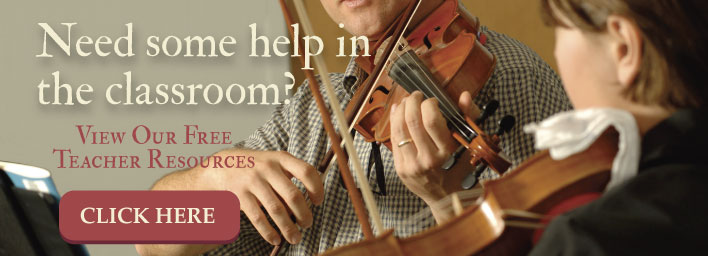8 Steps To Creating A Musical Flash Mob

Creating a musical flash mob brings attention to your students’ skills and your musical training. Plus, it builds solidarity among your group members and within your community. The benefits of orchestrating such an event completely outnumber the drawbacks because it really only requires a small amount of time and effort. As long as you follow a few basic rules, it’s actually pretty easy to arrange one.
These 8 steps demonstrate how simple it is to generate a lot of buzz about your class, and provide your students with a great experience.
1. Choose a great idea.
Your flash mob should generate surprising enjoyment that entertains your audience. People who will be just going about their regular routine should be able to lose themselves for a minute, listening to your performance. You should also carefully consider the piece of music you want to spontaneously create. It should be something that lends itself well to the number of instruments and performers who’ll be enacting the flash mob, but it should also correspond to the venue, like playing “California Dreaming” in a snow bound airport terminal. Moreover, choose a location that will make it easy for your students to assemble and that offers quick escape routes.
2. It’s all about timing.
For some reasons, flash mobs work best on Thursdays, and the ideal time is between 5 p.m. and 6 p.m., when people are heading home from work. Pick a location that will offer a large area for you to surreptitiously set up your performers, but one that will be busy at that time of day. Also, consider your students schedules. It may be better to arrange your flash mob on the weekend to ensure participation.
3. Spread the word.
Talk about your idea with your students, and ask for additional suggestions that you may want to incorporate. If you’re planning something really elaborate, you can coordinate with other musicians in groups on community sites, or arrange for other teachers/classes in your school district to join the fun. Instead of everyone playing the same song, you could arrange for something like “dueling orchestras” where one group performs a specific portion of the music and then is answered by another group.
4. Keep it a secret.
If you emphasize how important the element of surprise is for the success of your flash mob, your students and parents will understand. Obviously, some students will require parental permission and assistance (showing up), but those details can be arranged using an email campaign or another form of communication. It’s important that only the people participating know anything about what you’re planning.
5. Become film artists.
One of the best things about creating a musical flash mob is that your students get to expand their artistic skills. You should designate a few people as camera operators. Their job is to set up at specific points (and it’s always fantastic if you can have wide shots and the view from above) to record the flash mob for later editing. Enlist parents a part of the team, too. Have them bring their cameras, and see if they’ll share their copy with you so that your class can include some of those angles in the final cut.
6. Practice.
Dedicate a certain amount of classroom time for practicing the piece exactly like you’ve planned it, and go over everyone’s particular spot at the location you’ve chosen. It can help to have a diagram of the layout. This is also the time to practice any choreography. The amount of work you put into the development of your music piece will definitely make a difference in the quality of the final performance.
7. Outline your escape plan.
The most important elements of your flash mob are surprise and stealth. Make sure that your students know that they should immediately leave the area once the performance has been completed. Arrange for your participants to meet at another location afterward. This provides your students and parents with the opportunity to relive and share their experiences with each other.
8. Promote your work of art.
Creating a musical flash mob is a work of art, and in addition to the audience who is fortunate enough to be present when you perform it, you need to share it with others. Use one of the free movie editors to compile your performance (don’t forget those overhead shots), and then upload it to YouTube so that you can share it on your social networking sites.
You may also want to let your students compile their own, personal shots to include in their performance portfolio or other audition tapes.
Essentially, creating a musical flash mob just requires commitment and timing, but the experience will generate a memorable occasion that delights both the listeners, and your students.


